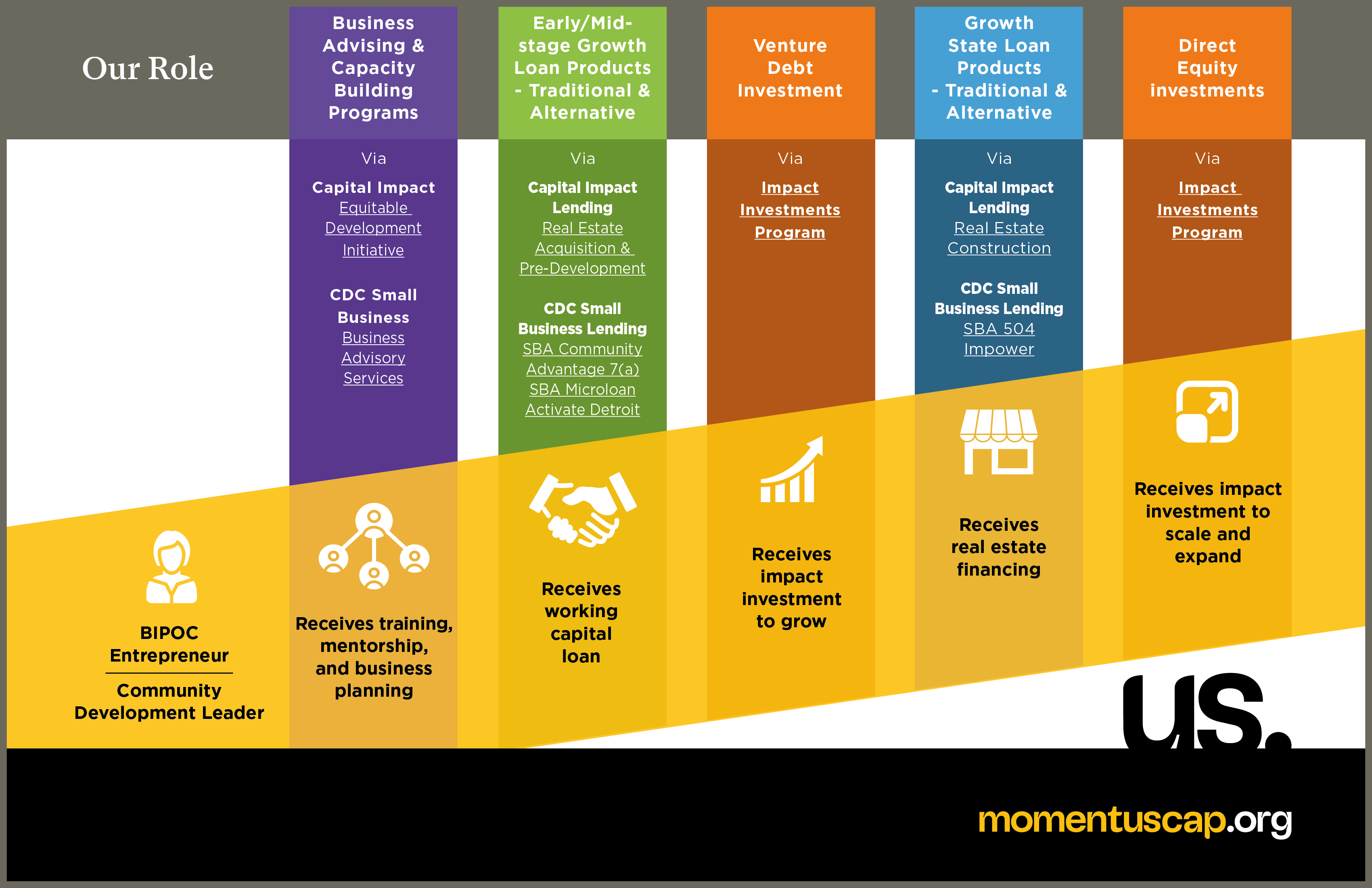
Unconventional Wisdom: A Case for ‘Small’ Business Loans
This blog post by Roxann Burns originally appeared in NAGGL‘s email newsletter. NAGGL, or the National Association of Government Guaranteed Lenders, provides a unified voice for more than 800 lenders, banks and others who participate in the SBA 7(a) business loan program. CDC Small Business Finance is a proud member of the organization.

Roxann Burns
While SBA small-loan numbers are increasing, so has the average size of new loan originations. This has caught the attention of some in Congress, and the SBA continues to encourage lenders to make more small loans. Additionally, regulated financial institutions must consider the Community Reinvestment Act, which includes a focus on small-business lending activity for financial institutions of all sizes.
Many banks need to make more CRA-eligible small business loans but have limited success due to risk and the cost to originate and manage these loans. Several years ago, SBA provided a small loan delivery methodology to help lenders of all sizes meet the credit needs of small businesses with revenues less than $1 million. Yet, many lenders are challenged to make these SBA loans.
Companies with revenues less than $1 million get tremendous benefit of the longer-term, low down payments and capped interest rates of an SBA loan. With the greater number of fintech finance companies providing small loans and merchant card advances, it may seem like access to capital has been solved. But these loans have very short terms — an average of three years for a working capital loan — and very high interest rates. Making an SBA loan might not be quite as quick. But with the right policies and your existing SBA expertise, it can be competitive and doable within 30 days.
Making an SBA loan might not be quite as quick. But with the right policies and your existing SBA expertise, it can be competitive and doable within 30 days.
To implement the 7(a) Small Loan program successfully, don’t make it harder than it needs to be. Small loans are generally not complex deals with multiple uses of proceeds. And smaller companies typically do not have affiliates. This streamlines eligibility analysis and underwriting, but you will need to take the time to set it up.
The first step is to consider your commercial credit policy. If your existing commercial policy does not segment for small loans, propose some guidelines for small credits that will support your SBA small loan origination such as documenting equity injections, life insurance and collateral requirements. Resist the temptation to take liens on real estate unless your use of proceeds is for the acquisition of real estate. Also, consider using portfolio scores to perform ongoing risk rating of the small-loan portfolio.
Design a special credit-memo template and guide the underwriter to address the SOP requirements with a level of detail that is appropriate for the size and overall loan risk. For example, a company that has been in business for three years and has at least one full year of cash flow needs less analytics and words than a start-up business or projection-based loan.
Consider the SBSS (FICO’s Small Business Scoring Service) score as well. A score of 140 indicates a higher probability of default, so maybe you do more financial analysis. But with a score of 200-plus, you could perform financial analysis limited to cash flow and a summary of the balance-sheet liquidity and leverage. If a borrower has a FICO score of 680 or higher, it really is not necessary to perform a high level of personal financial analysis or summarize the personal credit report. With the proper credit policy, a 10-page credit memo is not necessary for a small loan.
Many small companies have been in business for three to five years and have reached a pivotal point where additional investment in fixed assets or working capital is needed to take on new customers or add an employee or two. These are often healthy growing businesses and not necessarily riskier. A small 7(a) loan can help these companies achieve sustainable growth and to become a bank customer for life.
Roxann Burns is executive vice president of emerging business and SBA lending at California Bank of Commerce. With experience in both 7(a) and 504 lending, Burns has been actively involved in SBA lending for more than 25 years with national, regional and community banks as well as a SBA Certified Development Company and Small Business Lending Company. Her business experience includes responsibilities for loan growth, asset quality, profitability and risk management. Burns is an instructor for NAGGL, having been honored as NAGGL’s 2011 Instructor of the Year. Additionally, she served on NAGGL’s Board of Directors from 2008-2012 and continues to be actively involved in NAGGL’s Technical Issues and Small Lender Committees.
CDC Small Business Finance offers several loan options, including 7(a) financing, for business owners who want to grow their operations and are planning for their long-term needs.
Tell our loan experts about your business, and they’ll work to match you with a financing plan that best suits you.









